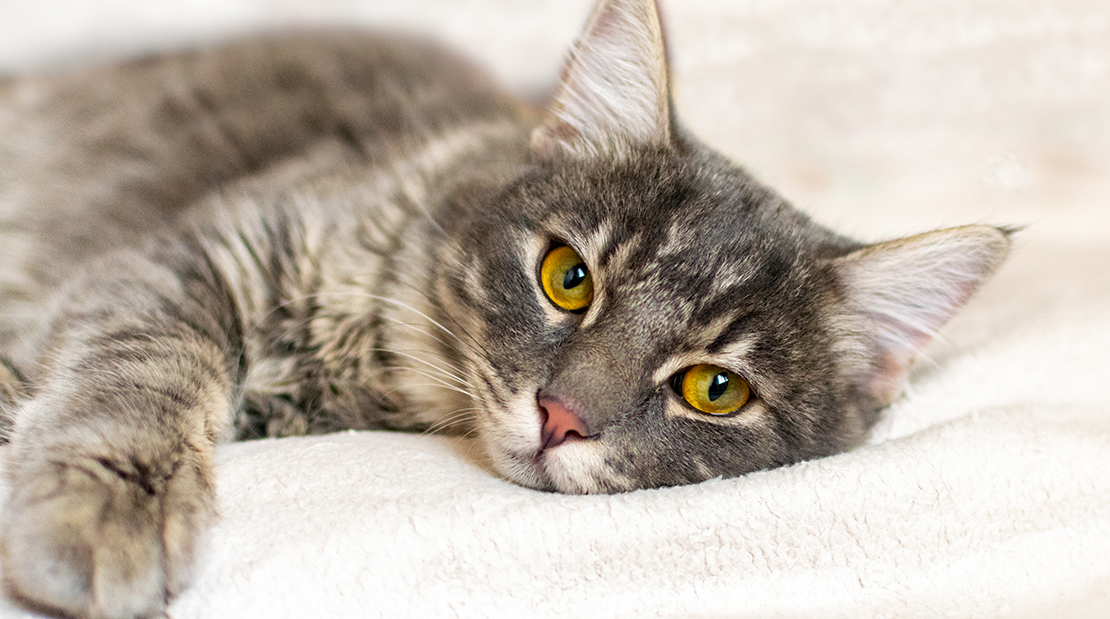
How to Tell if Your Cat is in Pain, and What to Do About It
Cats can’t always vocalize pain. So, it’s up to their owners to pay attention to their feline companions, just in case they aren’t feeling their best.
Clear and common indicators of possible pain and injury to your cat are:
- Limping
- Hiding in unusual or uncommon places
- Eating less or not eating at all
- Crying while using the litter box
A major telltale sign of pain in your cat is limping. Although known to land on their feet, sometimes cats can slip or miss a landing and possibly fracture a bone. When your cat is limping, this could be an indication of a possible fracture or other bodily injury.
If a cat is hiding, they could be sick or in pain. Cats can withdraw from you and hide in a private place to deal with their pain alone. When you notice your cat hiding in a very unusual or uncommon place in your home, this could also be a sign that something is physically wrong.
Mouth pain can be indicated by your cat’s eating habits. If your cat isn’t eating their food– or they’re going to the food bowl and not swallowing their food– they could have mouth pain or a mouth-related illness. Certain viruses have been known to cause painful ulcers on the tongue, and not eating is a primary indicator.
Crying out while using the litter box can be another indicator of pain. If your cat is having issues with urinating or moving their bowels, their cries could indicate pain and possible infection, warranting a visit to your vet.
When you notice any of these behaviors, you should go to the vet as soon as possible or consult with them, first. Over-the-counter pain medications are NOT recommended for the treatment of your cat’s pain. Unlike other pets who process over-the-counter pain medicine with minimal effects, if cats ingest them the results could be fatal.
At the vet’s office, a physical exam will be performed. The examination type and process can depend on your cat’s temperament. During this time, the vet will assess your cat for broken bones or masts to see where to focus their attention.
Tests you can anticipate being run on your cat are physical tests, blood work, and/or an ultrasound which can assist in determining what specific issues are plaguing your pet.
After a diagnosis and treatment plan is given, recommended follow up for your cat and revaluation could be anywhere from 24 hours up to 2 weeks. Your vet will determine the time frame depending on your cat’s individual needs.

